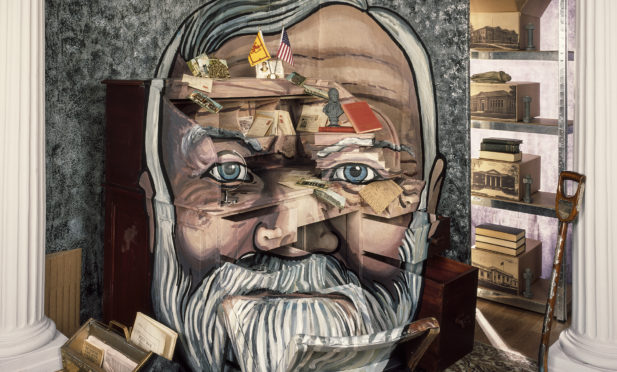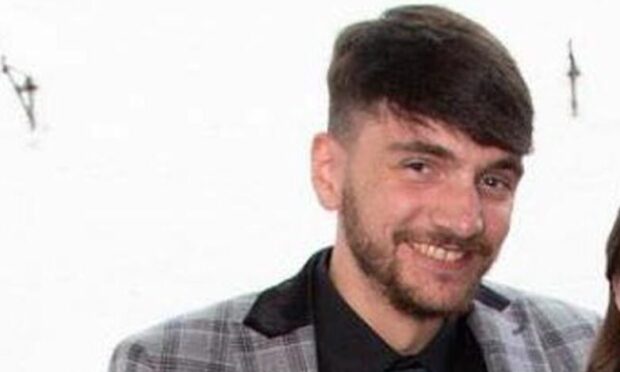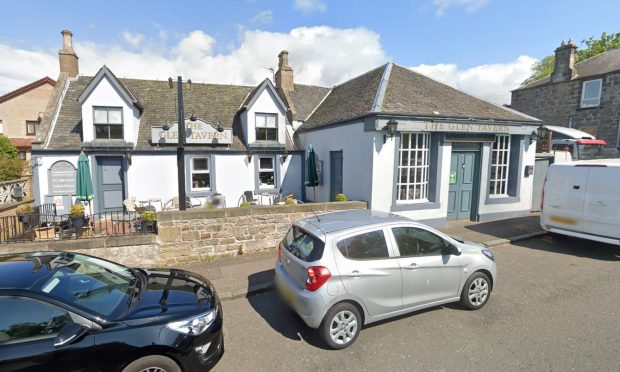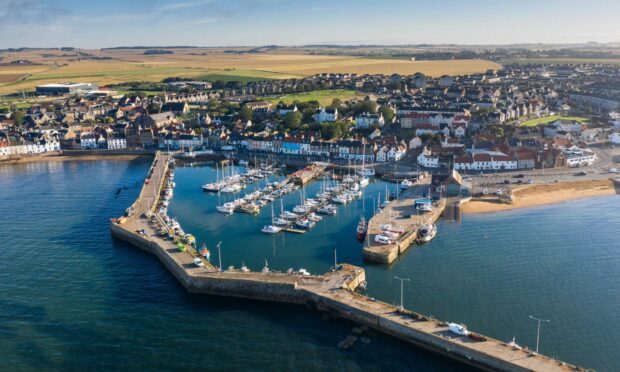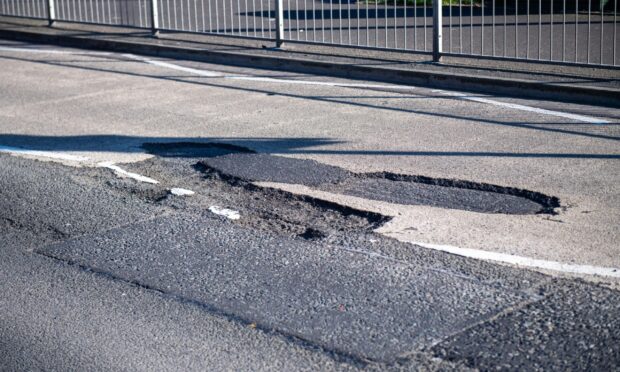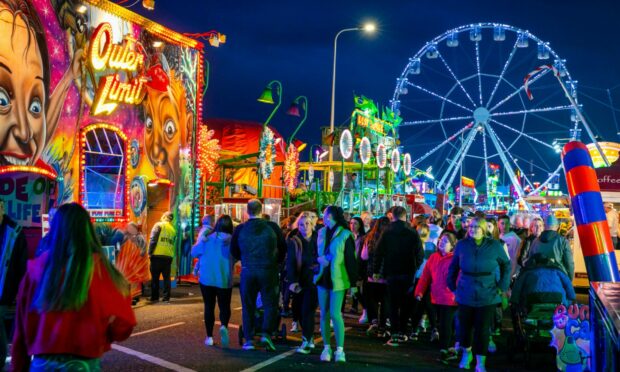A Dundee artist is to unveil the only portrait created in decades of Scottish philanthropist Andrew Carnegie.
Calum Colvin, Professor of Fine Art Photography at Dundee University, will reveal his work at the Andrew Carnegie Birthplace Museum in Dunfermline on Tuesday.
The piece is the first portrait of the Scottish-American industrialist and philanthropist Carnegie since pop art pioneer Andy Warhol’s effort in 1981.
Born in Dunfermline in 1835, Carnegie emigrated to the United States with his family at the age of 12. Amassing a fortune in steel and other industries, he eventually became the world’s richest man.
While his approach to business and labour attracted some criticism, Carnegie later became known for his unprecedented philanthropy.
He gave away $350 million (around $65 billion today) to charities, foundations, and universities – almost 90% of his fortune.
This is reflected in Professor Colvin’s portrait with Carnegie’s Memo to Self – in which he pledged to give away his fortune – and a telegram about a strike in his steel works, are embedded in the creation.
He said: “This was a wonderful project to be involved in.
“The creation of the work was very ‘public-facing’ with numerous opportunities for dialogue with the public and allowing public access to the genesis of the portrait.
“It was an added bonus to have so much contextual information on the subject at hand, both to enrich the creation of the work and discussions around it. I am delighted my work will now have such an appropriate and auspicious home.”
Regarded as one of Scotland’s most distinguished contemporary artists, Professor Colvin is known for creating complex constructions composed of three-dimensional stage-sets, populated by everyday household objects.
He was commissioned by the Carnegie Dunfermline Trust in 2019 to mark the centenary of Carnegie’s death. The process of creation drew on objects and references within the Museum collection.
Kirke Kook, curator and manager of the Museum, said: “We were delighted to host Calum at the museum and to give our visitors an opportunity to engage with contemporary art in the context of a history museum. It is something that is quite unusual, but that was really well received.”
Professor Colvin created the installation over a number of weeks within the main hall of the museum so that members of the public could actively contribute to the process.
